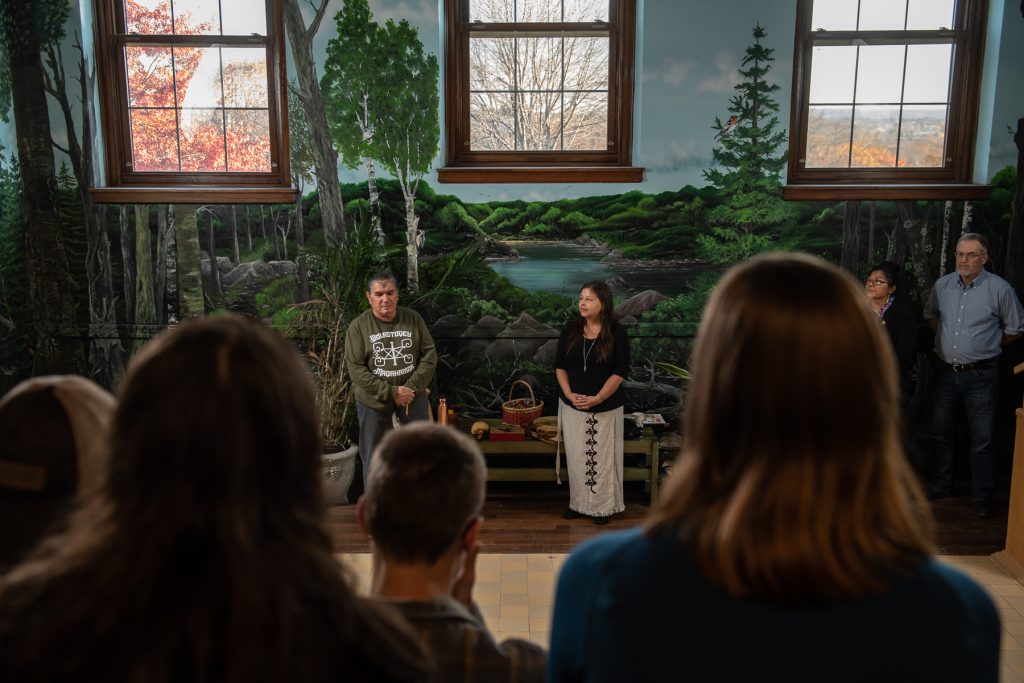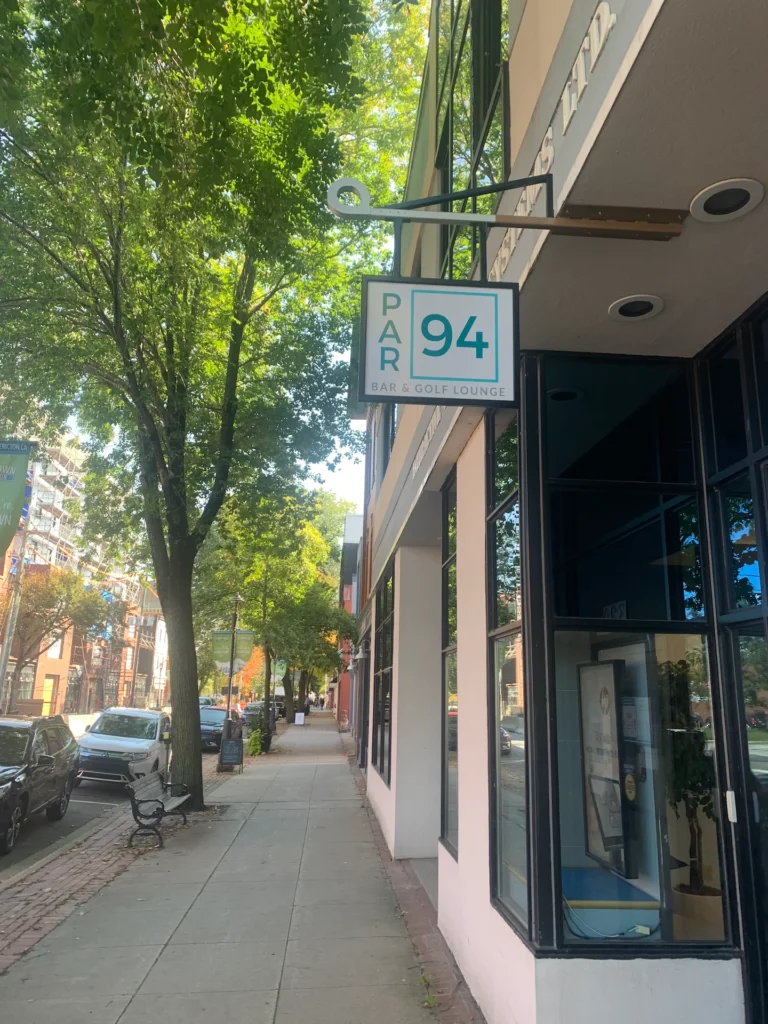The Faculty of Forestry and Environmental Management’s Truth and Reconciliation Group hosted various workshops led by Indigenous elders, professionals, knowledge keepers and practitioners from the east coast of Turtle Island. The coordinators of the event “Coming Together, Learning Together” included Tom Beckley, Professor of the Forestry and Environmental Management (ForEM) faculty, and Logan Keoughan, a UNB graduate currently pursuing a Masters of Environmental Management at UNB.
Keoughan said he suggested hosting Indigenous workshops during a faculty of Forestry and Environmental Management Truth and Reconciliation Working Group meeting. He was inspired to do the event because he believes it is essential to work towards an equal relationship with First Nations.
“I am inspired to be an ally to Indigenous people and help them achieve what they want to achieve. We are all Treaty People here, and I believe we have a duty to work together to honour the Treaties, Indigenous Rights and Title, here on Unceded Territory,” expressed Keoughan.
The guests successfully led and guided presentations and discussions that shared Indigenous knowledge, practices and ways of knowing with the participating public. The workshops intended to inform the Forestry and Environmental Management community about Indigenous issues related to natural resource management and learn more about the First Nations strategies to Indigenize the ForEM faculty. The workshops were open to the general public, ForEM alumni, stakeholders, and the broader university community.
Some of the topics discussed included Etuaptmumk, which translates to “Two-Eyed Seeing.” Etuaptmumk refers to learning to see from one eye with the tenacity of the Indigenous ways and knowledge, and to see with the other eye with the strengths of the Western culture. The talk about Moose Management incorporated Two-Eyed Seeing, and it was presented by Clifford Paul, UINR Moose Management Coordinator. Clifford’s efforts intend to engage the Mi’kmaq community to develop a plan for moose in the Cape Breton Highlands.
Other topics discussed included Indigenous archeology, Aboriginal forestry, Wolastoqey language, history and struggles of First Nations, Indigenous uses and stories about plants and trees in the Acadian forest, Indigenous and Western knowledge in wildlife ecology, treaties, and discussions with current and former Indigenous students. A talking circle was another interesting activity that took place by the end of the day. People were also encouraged to ask questions and to share their experiences at the workshops.
Cecelia Brooks, a UNB Instructor and owner of Soulflower Herbals and Wabanaki Tree Spirit, gave a talk called “Indigenous Uses and Stories About Plants and Trees,” and shared with the public a delightful fir tea. She then shared her knowledge about the Indigenous uses of plants and trees and even passed around samples of some dried plants that are often used by the Indigenous community.
The participating guest speakers included Steve Ginnish, Mi’gmawe’l Tplu’taqnn Inc.; Gillian Paul, Wolastoqey Nation in New Brunswick; Ramona Nicholas, Elder in Residence at UNB; Ron Tremblay, Traditional Wolastoq Grand Chief; Jesse Popp, Canada Research Chair of Indigenous Environmental Science at Mt. Allison University; Amanda Reid, Piluwitahasuwin Assistant Vice-President Indigenous Engagement at UNB; Carola Knockwood, Mi’kmaw Kina’matnewey; and Clifford Paul.
The closing ceremony took place at the Forestry and Geology building in room 305. ForEM students, UNB staff and the general public were present. Cecilia Brook spoke a few words along with the coordinators of the event, who were very grateful for how the event turned out. During the talking circle, people expressed how interesting and enlightening the workshops were.
Keoughan said there are currently no plans to host the event next year, but that many people are interested in making the event an annual occurrence. You can follow the Forestry and Environmental Management page on Facebook to stay tuned on what events they are hosting.




